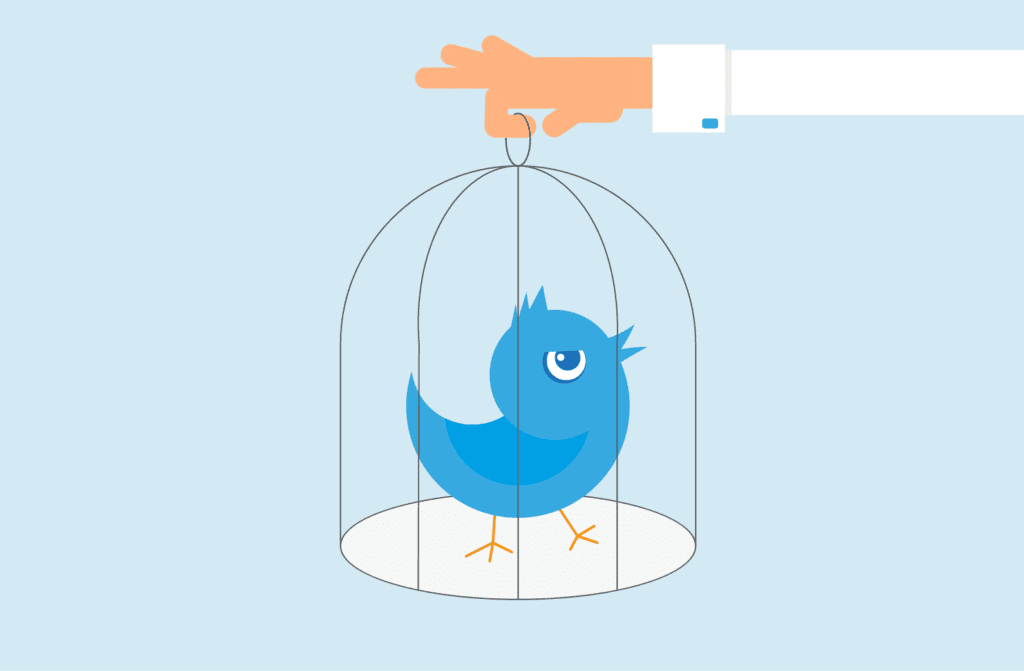This week, welcome to the future! Or something like it. We’re looking at the current trends in tech, and how they’re influencing marketing, design, work and, of course, play.
AR you ready?

Augmented Reality has been in a bit of a weird limbo for a few years, but it feels like it’s finally hitting its stride. Sure, you can still goof around with it by catching Pokémon or by trying out a few Insta filters, but advertising and retail are where it’s getting interesting.
IKEA are undoubtedly the front-runner in bringing AR to retail; they’re AR’ing the s**t out of shopping. Want to ‘try out’ a cute armchair before purchasing? No problem. Use your phone to see what it looks like in your sitting room, and place your order once you’re happy. Still prefer the analog experience of actually shopping in stores? How retro of you. Well, you still can’t escape AR, which can now help you navigate directly to what you’re looking for, through on-screen directions on your phone. So you don’t leave the store with a shopping trolley of newly found must haves. We’ve all been there.
On top of that, new technologies in marketing can be used to appeal to a younger audience. Online ads or TV commercials may not be as effective in connecting with kids as an immersive campaign is. Samsung launched the Bedtime VR Stories app that proved immersive technology could connect youngsters and brands. George Orwell is silently sipping his tea somewhere.
Cloud watching

Cloud-based everything has been everywhere in the last few years – partly by necessity – and there are some interesting moves affecting the future of work AND play.
There’s a flotilla of cloud-based productivity and work tools hitting their stride now, and doing big favours for the fully-remote teams out there. Miro and Mural are popular ‘digital whiteboards’ for brainstorming. There are virtual breakrooms like Teemyco, Reslash, or Wonder. If your team is not fully remote, new video conferencing services like Around help hybrid teams collaborate better by reducing background noise, and eliminating the echo caused by multiple people being in the same room. Neat.
For play, cloud gaming platforms are also getting more and more robust. You can use a remote device to play games over the cloud in HD, while the remote server does all the heavy work. A lot of different companies are racing to become the ‘Netflix’ of cloud gaming (including Netflix themselves, but the jury’s out on how well that’s going for them). Sony was an early leader on the scene with PlayStation Now, which lets you play some of Sony’s biggest PlayStation games without needing to download them, including the ability to play certain games on PC. Other major players are Nvidia GeForce Now, Xbox Cloud Gaming, and Amazon Luna.
In a nutshell, all the big benefits of working through the cloud are the same as gaming through the cloud – being able to work and play wherever you are, unrestricted by fancy hardware requirements.
How can I e-help you?

Chatbots leverage AI technology to provide human-like communication to web visitors in real-time. Which sounds pretty high-tech, but they honestly used to be more of a hindrance than a help, with very limited responses and janky, annoying interfaces. They’ve come on in a big way though, and are more conversational than ever. We want prompt, round-the-clock assistance, and the ’bots are the lads for the job.
Plus, there’s been some beautiful examples of this tech being used for pure good – in December 2020 the American Red Cross launched Clara, the disaster response chat bot. So when a large disaster hits, like a hurricane or wildfire, the disaster response staff can quickly add content to the bot so that Clara can deal with the simpler inquiries – in both English and Spanish – while the human workforce can be freed up to deal with more complicated or pressing concerns. During extreme winter weather in Texas, the bot was able to direct thousands of people to assistance with food, utilities, and shelter, letting the rest of the staff to focus on efforts on the ground.
Read more about Clara here.
Pay-to-play

We’ve talked a lot about the good, but what about the no-so-great?
The steady drift towards subscriptions over one-off purchases of tech products and services has divided a lot of people. Adobe, the creative software powerhouse, moved its entire suite of software to a subscription-only service all the way back in 2013, with a lot of disgruntled customers. Because, well, it could get expensive. We’re mostly over it now, and there’s definitely advantages to the model – consistent shiny software updates that keep everyone on the same version are a big plus.
But now Pantone has followed suit. Last week, Adobe removed support for (previously) free Pantone colours across Photoshop, InDesign, and Illustrator. Files that contained Pantone spot colours now display unwanted black in their place, forcing creatives who need access to the industry-standard colour books to pay for Pantone’s new plugin subscription. Pantone have been talking about this move for a while, so while it’s not exactly a surprise, the Twitter storm is mighty, so we’ll have to wait and see how this one plays out. The Pantone plugin itself is reportedly clunky AF, which isn’t helping things.
Hell hath no fury like a designer who can’t see the colours they thought they had already paid for.
Read more about it here.
A wing and a prayer

And speaking of Twitter storms, we would be remiss to run a tech edition without mentioning the current big shifts in the social media company. Elon Musk’s purchase of the company has been rife with controversy and court cases, but the big news at the moment is that roughly half of Twitter’s roughly 7,500-person workforce are now due to lose their jobs.
The layoffs are part of Musk’s push to reign in Twitter’s costs. Twitter has been one of the biggest social media platforms for a long time, but has been unprofitable for 8 of the past 10 years. Back in June (before he tried to get out of his deal to buy Twitter the first time), Musk told employees: “Right now, the costs exceed the revenue. So that’s not a great situation to be in. And so there would have to be some rationalization of headcount and expenses to have revenue be greater than cost. Otherwise, Twitter is simply not viable or can’t grow.” It’s pretty grim news for Twitter staff, and we’ll be watching this one closely as it unfolds. Here’s a stream from the Verge covering the story.
